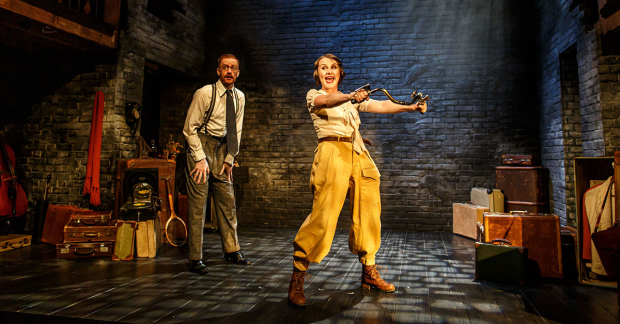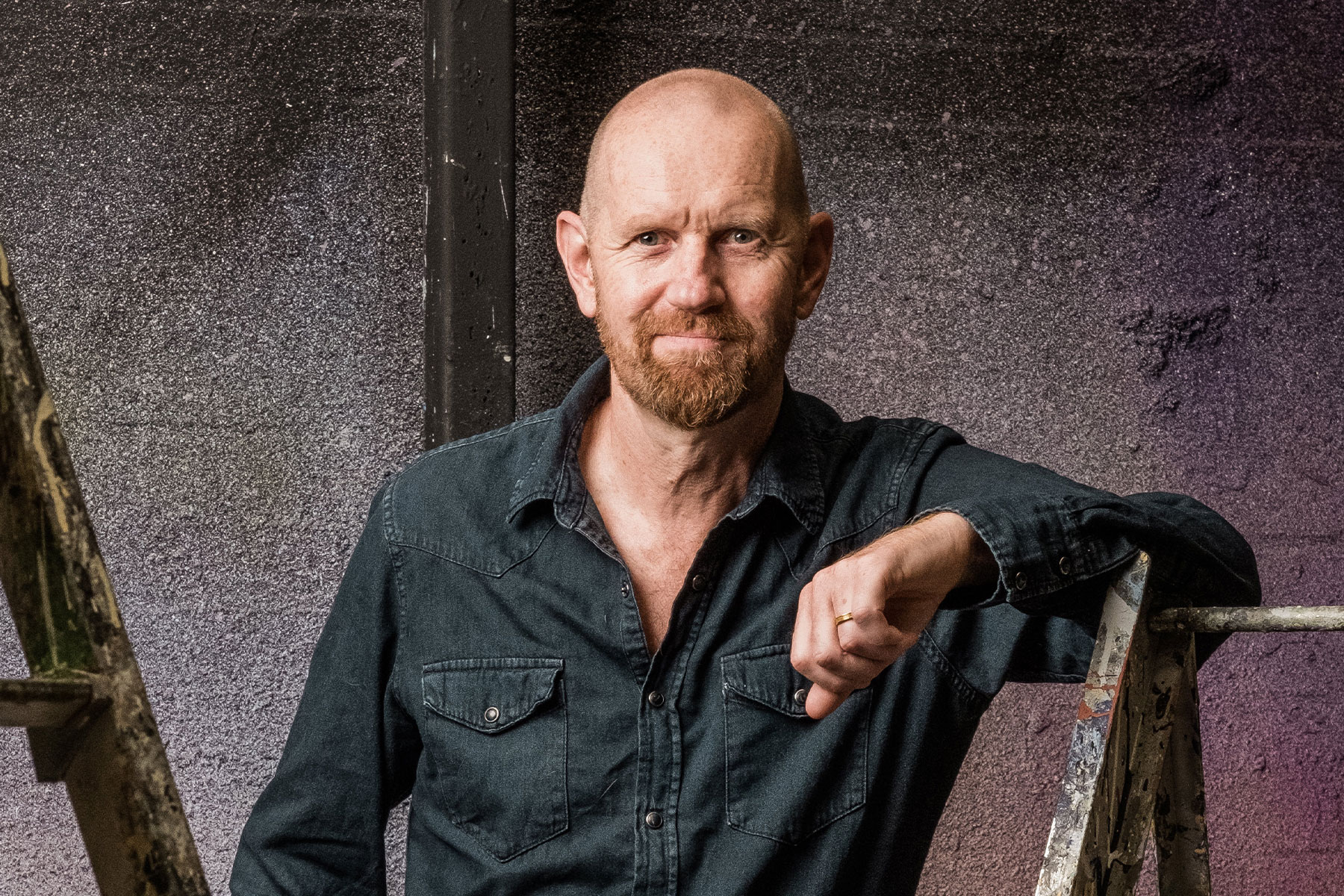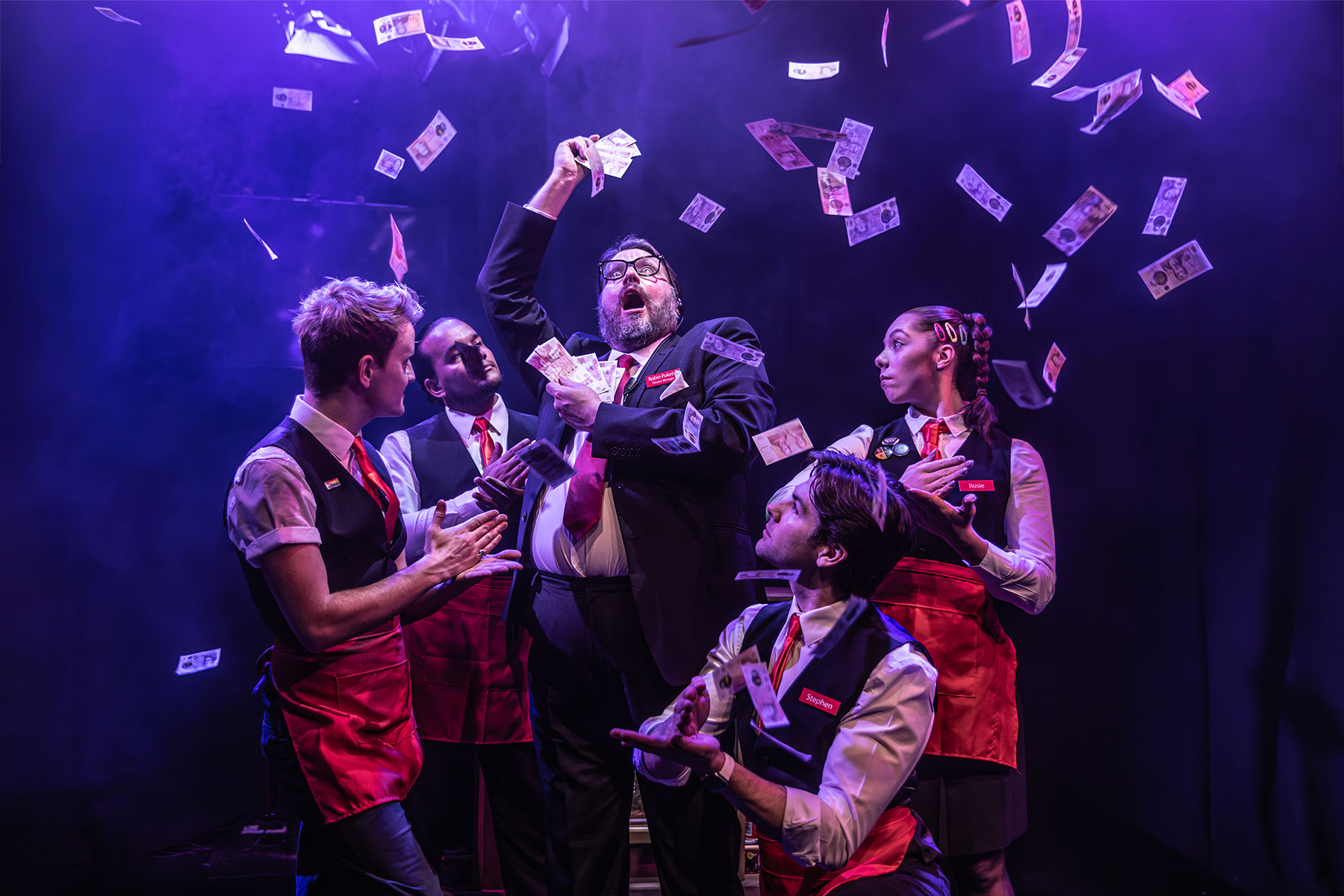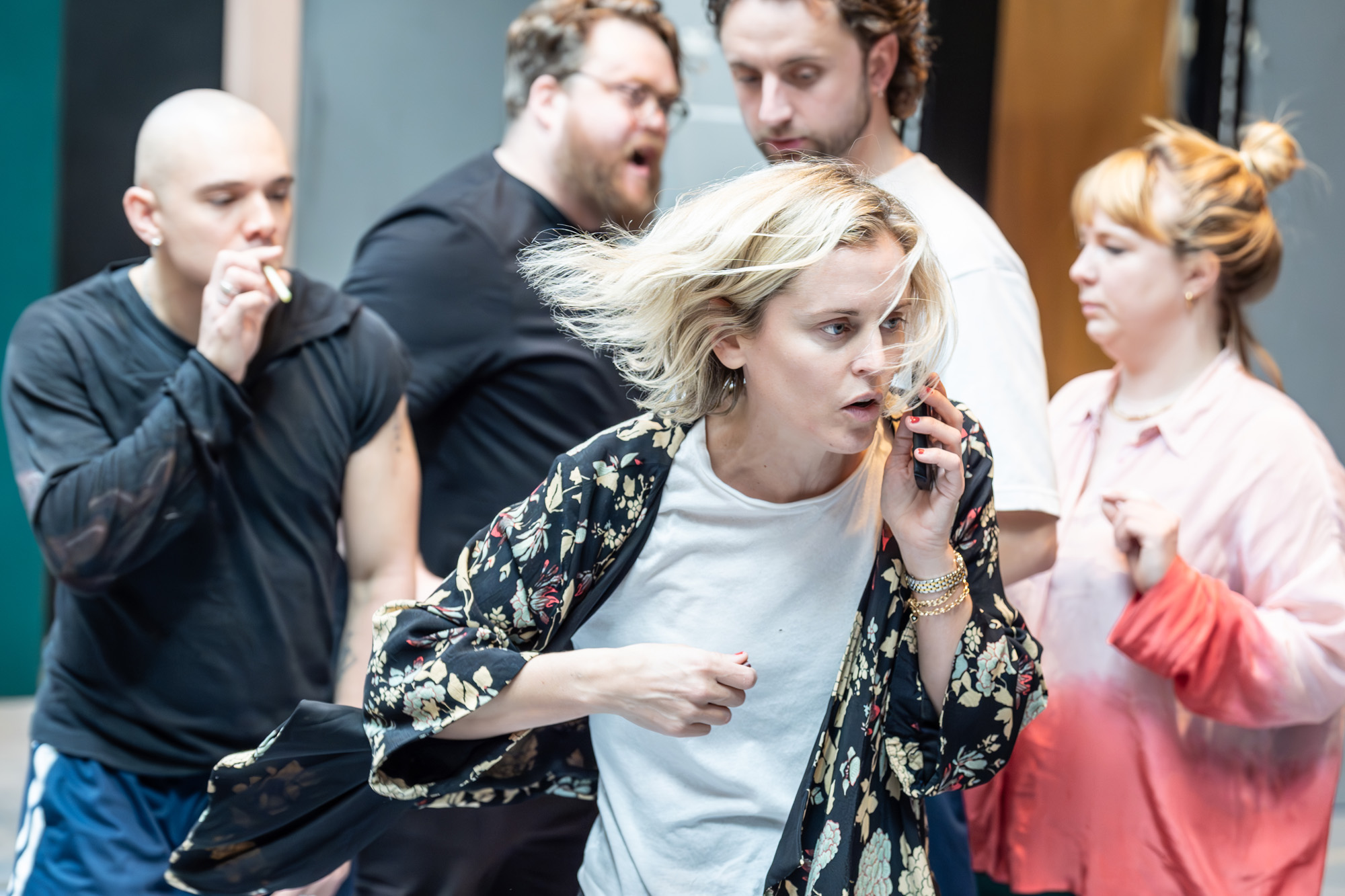Lone Flyer at the Watermill – review

© Ben Wilkin
As a pupil at an all-girls school, I was in awe of Amy Johnson, held up as a shining example of a gal outdoing the guys in a man's world. At age 26 she had both her flight engineer's and pilot's licence; just barely a year later, in 1930 she was the first woman to fly solo to Australia, taking just 19 days to complete the 11,000-mile trip. That her plane disappeared off the coast of Kent in 1941 and her body was never found, only added to her heroic stature for us girls, for she must have been flying a World War Two mission when she was lost.
The familiar iconic image of the indomitable pioneer, smiling beneath her helmet and goggles from the cockpit of her tiny aircraft, a second-hand Gypsy Moth 60 G-AAAH, is created early on in Ade Morris's richly-layered portrait, delving into her background, her achievements and at what personal cost they came, and all in the context of the times in which she lived.
Built around designer Isobel Nicholson's simple representation of that cockpit by a revolving trolley, Lucy Betts' production succeeds in telling Amy's story with dramatic economy, amply filling The Watermill's tiny stage with just two actors, Louise Willoughby's warm and expansive Amy opening up to confide in her audience, and to interact on many levels with Benedict Salter as The Man. He morphs seamlessly into each of the men in her life, first her faithfully supportive father, then teachers and mentors, lovers, and ultimately her husband and fellow aviator Jimmy Mollison.
Salter is not just Man but Musician, his cello underscoring the play with the plangent score largely created by the Company (with orchestrations by Tom Attwood). Vaughan Williams' Lark Ascending, conjures an almost unbearably beautiful image of what WB Yeats described thus: "A lonely impulse of delight/drove to this tumult in the clouds" (An Irish Airman Foresees His Death, 1919). Salter's cello also brilliantly provides the background thrum of Johnson's aircraft.
The storytelling is not linear. It begins and returns at intervals throughout the show to Amy in her cockpit sharing both elation – and terror. En route, she shares too, the story of her life, from her childhood in Hull, the oldest of three sisters, with holidays in Scarborough recalled vividly in the golden sunshine of childhood memories (lighting Harry Armytage). It's her father who supports her ambition to go to university in Sheffield to read Economics (unusual for a girl in the 1920s).
Nonetheless, on arrival in London she still finds herself working in the lingerie department of Peter Jones and then as a legal secretary, before she is at last on the way to achieving the seemingly impossible in a man's world – those flight engineer's and pilot's licences.
Meanwhile her private life takes off, with fellow pilot Jim Molleson courting her over a seven-and-sixpenny dinner at a posh Holborn restaurant. Once she achieves celebrity, the commercial opportunities for a record-breaking female aviator include cutting a glamorous figure modelling gowns for top designer Elsa Schiaparelli, who also designs her flying outfit.
The storytelling can confuse, flitting back and forth between Amy in the cockpit en route for Australia, flying to Sydney "over sun, sea and sheep" – and on her last fatal flight, when she finds herself "over water on empty". Nonetheless, because Willoughby herself is a Hull lass born and bred, brought up on the triumph and the tragedy of Amy Johnson, it is always grounded by her warmly authentic portrayal. This can only bode well for the show's run at Hull Truck, which follows the current performances to hugely appreciative audiences at the Watermill.












